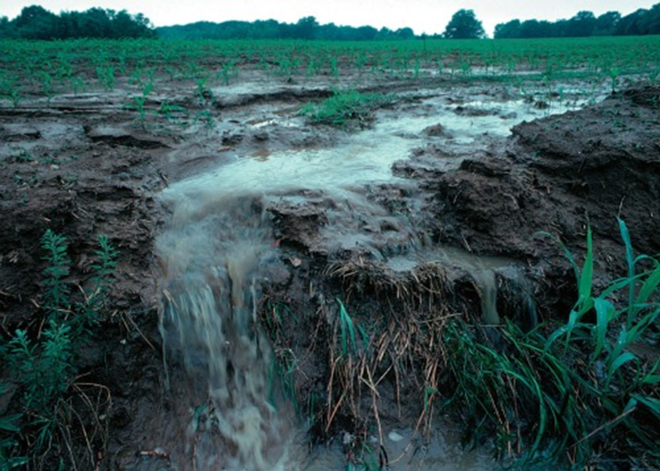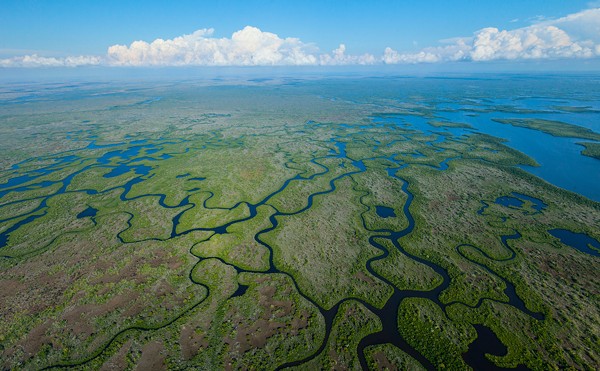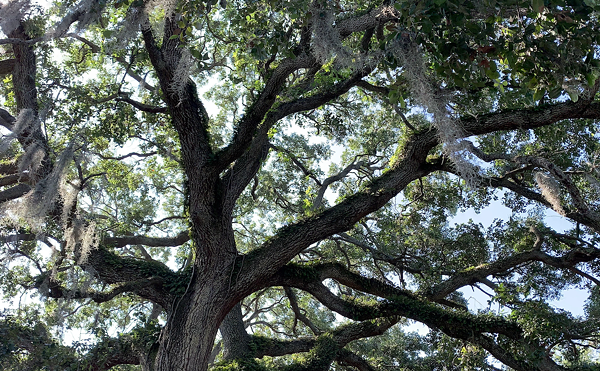

- USDA
- Nonpoint source pollution comes from many diffuse sources, but in the aggregate creates a formidable challenge for municipal, state and federal environmental and water control authorities — and is likely the largest threat to our water quality. Pictured: Runoff of fertilizer-laced soil from a farm.
Courtesy of: EarthTalk®
E — The Environmental Magazine
Dear EarthTalk: What is “nonpoint source pollution?” How much of a problem is it and how can it be controlled? — Devon Corey, New York, NY
Unlike pollution that comes from specific industrial factories, sewage treatment plants and other easily discernible ‘points’, nonpoint source pollution comes from many diffuse sources, but in the aggregate creates a formidable challenge for municipal, state and federal environmental and water control authorities.
According to the U.S. Environmental Protection Agency (EPA), nonpoint source pollution is “caused by rainfall or snowmelt moving over and through the ground [where it...] picks up and carries away natural and human-made pollutants, finally depositing them into lakes, rivers, wetlands, coastal waters and ground waters.” Some of the most common pollutants in nonpoint source pollution include excess fertilizers, herbicides and pesticides from agricultural lands and residential areas and oil, grease and toxic chemicals from urban runoff and energy production. Sediment from construction, mining and agricultural sites as well as salts, acids, bacteria and atmospheric deposition from myriad sources also play a role.
While its effects vary region to region, nonpoint source pollution is likely the largest threat to our water quality. The U.S. has made “tremendous advances in the past 25 years to clean up the aquatic environment by controlling pollution from industries and sewage treatment plants,” says the EPA. “Unfortunately, we did not do enough to control pollution from diffuse, or nonpoint, sources.” The EPA also calls nonpoint source pollution the U.S.’s “largest source of water quality problems” and the main reason 40 percent of our rivers, lakes, and estuaries “are not clean enough to meet basic uses such as fishing or swimming.”















